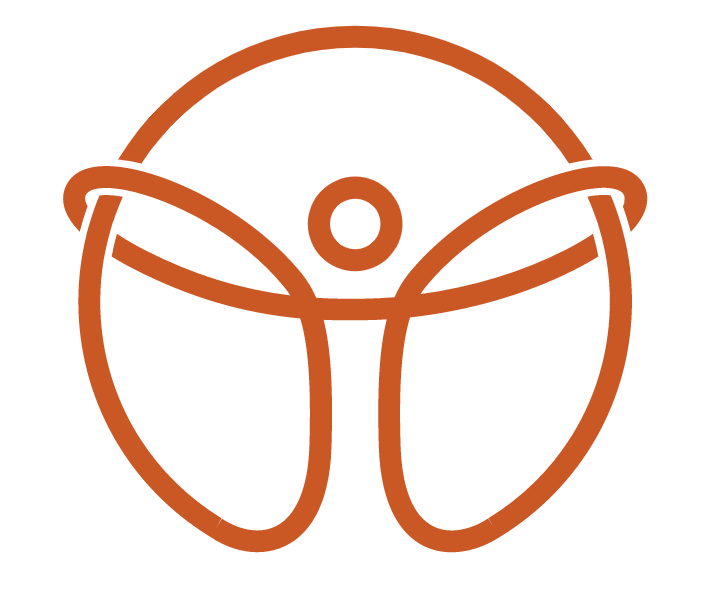Do I Have a Labral Tear or a Rotator Cuff Tear? Here’s How to Tell
Shoulder pain can be frustrating—especially when it lingers or limits everyday movement. One of the most common questions we hear at MVMT STL is:
“Do I have a labral tear or is it my rotator cuff?”
Both conditions can cause similar symptoms, but understanding the difference is key to getting the right diagnosis and treatment.
What Is the Labrum?
The shoulder labrum is a ring of cartilage that lines and reinforces the ball-and-socket joint of your shoulder. It acts like a bumper, deepening the socket (glenoid) and helping keep the shoulder stable. When this cartilage tears, it can cause pain, clicking, instability, and reduced function.
There are several types of labral tears, but the most common are:
SLAP tears (Superior Labrum from Anterior to Posterior): Often seen in overhead athletes or after trauma.
Bankart tears: Typically the result of a shoulder dislocation.
Who Gets Labral Tears?
Labral tears often occur in:
Athletes, especially those involved in overhead sports (baseball, swimming, volleyball).
Weightlifters, particularly with heavy or improper shoulder press form.
Active adults after a fall or sudden shoulder trauma.
Individuals with shoulder instability or hypermobility.
Common Symptoms of a Labral Tear
Deep, aching shoulder pain
A sensation of clicking, popping, or catching
Loss of strength or endurance in the shoulder
Feeling like the shoulder could “slip out”
Limited range of motion, especially with overhead movement
How Are Labral Tears Diagnosed?
At MVMT STL, we use a detailed, hands-on orthopedic exam to evaluate shoulder mechanics. What sets us apart is our in-house diagnostic ultrasound, which allows us to visualize soft tissue structures like the rotator cuff, biceps tendon, and labrum-related changes in real-time.
This helps us determine whether you’re dealing with a labral tear, a rotator cuff injury, or another issue entirely.
What Else Could It Be? (Differential Diagnoses)
Rotator Cuff Tendinopathy or Tear
Biceps Tendinitis
Shoulder Impingement Syndrome
AC Joint Sprain or Osteoarthritis
Cervical Radiculopathy (neck-related shoulder symptoms)
Treatment at MVMT STL
Once we have a clear diagnosis, treatment is tailored to your specific injury and activity level.
We often use a combination of:
Active Release Technique (ART) to address soft tissue adhesions
Dry Needling to reduce muscle tension and stimulate healing
Chiropractic Manipulation to restore normal joint motion
Rehab and Strengthening Exercises targeting shoulder stability and control
We’ll also guide you through proper movement patterns to avoid re-injury and ensure long-term success.
Don’t Guess—Get It Checked.
Whether it’s a labral tear, rotator cuff issue, or something else entirely, shoulder injuries shouldn’t be ignored. Early diagnosis leads to better outcomes—and at MVMT STL, we have the tools and expertise to get you moving pain-free.
👉 If you’re dealing with nagging shoulder pain, book an appointment today and let’s figure out what’s really going on.
#MVMTSTL #ShoulderPain #LabralTear #RotatorCuff #SportsChiropractic #StLouisChiropractor #DryNeedling #ActiveRelease #DiagnosticUltrasound #RehabToPerform

